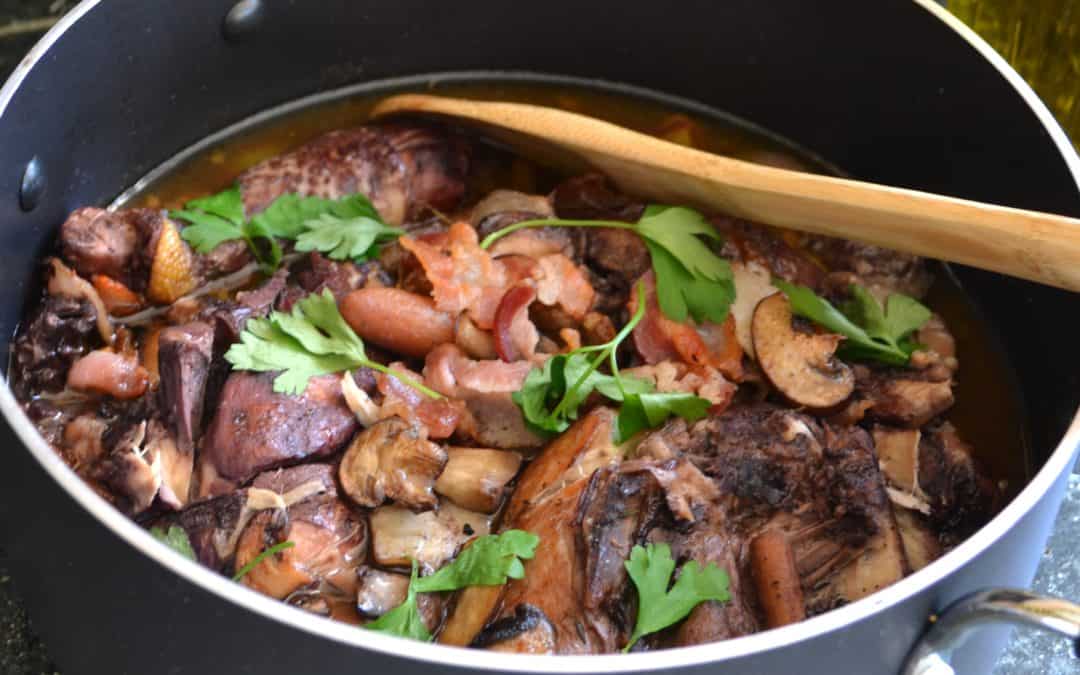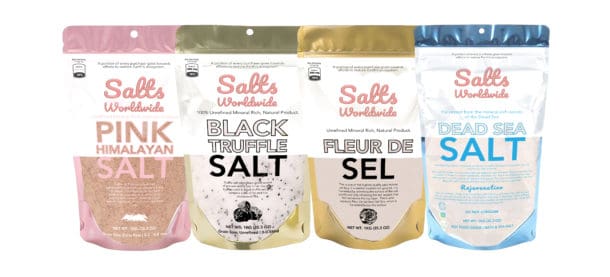Building Flavors for Coq Au Vin consists of many layers of flavor-building medium. First, traditional Coq Au Vin is basically a pork loin that sizzles layered with aromatic and fatty flavors, beginning with bacon or larding dry with natural seasonings. The pork may also have onions, garlic and seasonings on it, which gives the entire dish to a depth of flavor that distinguishes it from other classic pork recipes. Second, traditional Coq Au Vin uses a blend of different woods, each lending its own unique aroma and seasoning to the dish. There are mainly three types of woods used in Coq Au Vin:
-Red wine. Merlot and Cabernet Sauvignon are usually used to provide the backbone of Coq Au Vin. Both these grapes have their distinct characteristics and play an important role in the flavor of coq au vin. Sauvignon is often mixed with dry white wine, or a blend of dry red wine and dry white wine to make an aperitif, perfect for when you’re entertaining guests. Cabernet Sauvignon is very versatile, however, and can be used as the main ingredient in its own right (especially when working with barbeque onions) or be combined with a blend of other woods for even greater flavor depth.
– Mushroom Stock. This mixture of meat, wine and stock is the base of most of the recipes for coq au vin, although this isn’t a necessity. The key to creating a fantastic stock is really in the choice of mushrooms. Some mushrooms lend their flavor to the whole dish, while others focus on their flavor qualities when added to specific parts of the recipe. A good example is shish kabobs (Russian bread) – ground shish kabobs should be added at the end of the cooking, as the stock will then seep out and create a more moist and flavorful condition for the meat and sauce. Mushroom stock can also be used in soups and stews, to give them a hearty touch without adding heavy amounts of fat.
– Mint and Herbs. These two ingredients are very common in coq au vin and serve to add complexity and flavor to a meal. Herbs add a distinct pleasantness to dishes that vegetables and meat simply cannot, and their ability to change the texture and flavor of food makes them ideal additions to any meal – regardless of its medium. Herbs that work well with coq Au Vin are fennel, thyme, Rosemary, sage, coriander, tarragon and garlic.
– Slow Cooker. A slow cooker is probably one of the best investments you could ever make in your kitchen. Not only will it save you time by allowing you to create coq au vin from scratch, but it will also give you a host of other benefits. Long gone are the days when the only option was a microwave, and now there are hundreds of models with different sizes and features. For example, you can buy models that cook at lower temperatures, or ones that have a delay to allow the meat to reach the proper coq Au Vin temperature without having to put it under the heating unit for hours on end.
– A Good Red Wine. It may seem self-explanatory, but really good quality red wine goes a long way when it comes to cooking this classic. A good wine is much less acidic than supermarket brands, and as such creates a better base for the coq au vin to succeed. Buying a good wine is also a smart investment if you plan to drink it, as in many cases they are cheaper and better quality than brandy wine. Many people will purchase a bottle and use it as a starter wine for enjoying with meals, then move on to using it in everything from poultry stock to fish to eggs.
– Use It sparingly. The coq au vin is a very robust product and should only be cooked when you have added all the ingredients to the pan in the correct proportion. Don’t skimp here; reserve the use of a whisk to make sure the ingredients combine well. It’s a great deal more fun to make something by hand and gives you a great sense of accomplishment when you complete a dish perfectly. If it’s too overpowering for your taste, simply increase the amount of liquid to be added.
– Mushrooms should be added at the end of cooking. You don’t have to, but it adds a nice bit of flavor and texture to the finished product. As long as all parts are used, this step shouldn’t affect the overall quality of your coq au vin recipes in any way.




